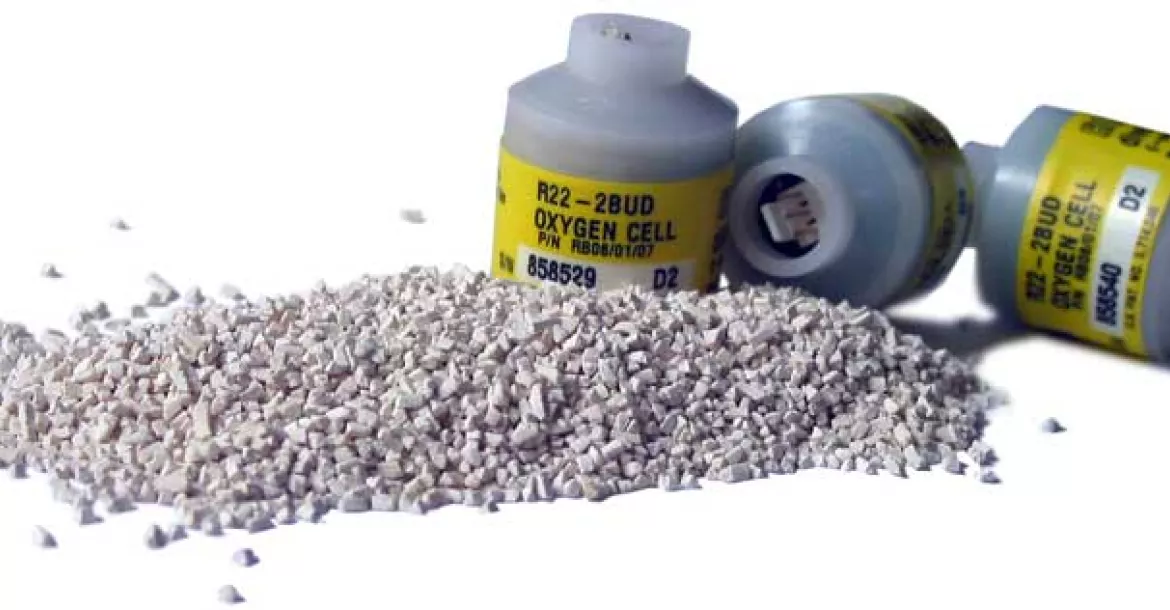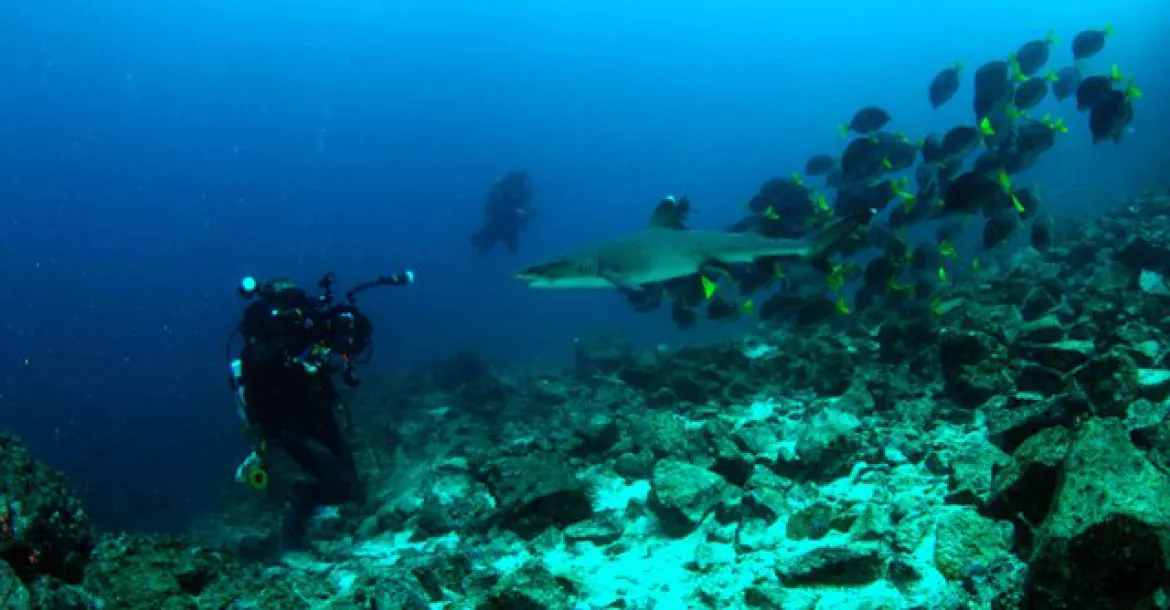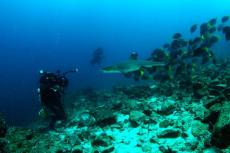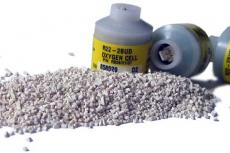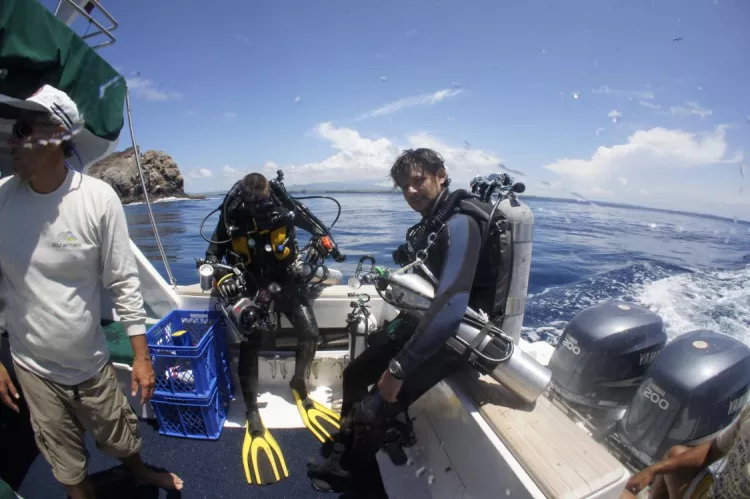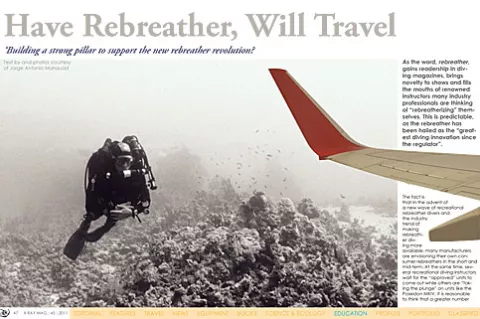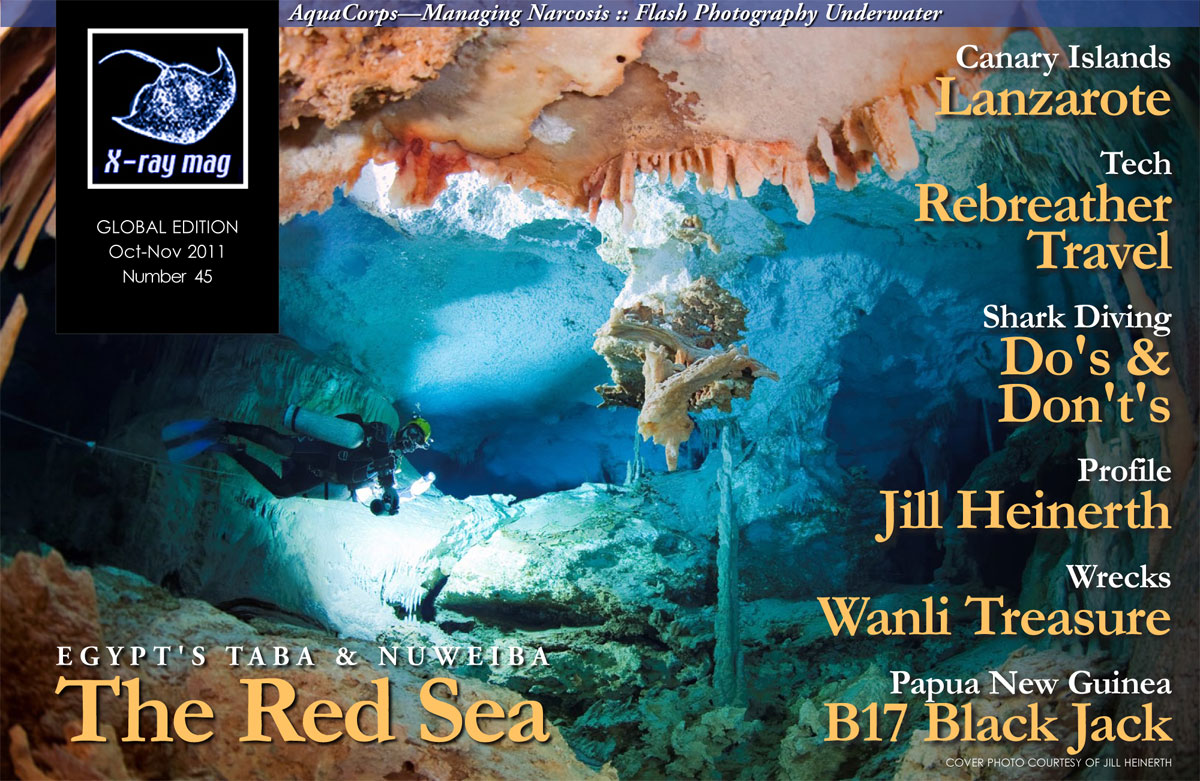As the word, rebreather, gains readership in diving magazines, brings novelty to shows and fills the mouths of renowned instructors many industry professionals are thinking of “rebreatherizing” themselves. This is predictable, as the rebreather has been hailed as the “greatest diving innovation since the regulator”.
Contributed by
The fact is that in the advent of a new wave of recreational rebreather divers and the industry trend of making rebreather diving more available, many manufacturers are envisioning their own consumer rebreathers in the short and mid-term. At the same time, several recreational diving instructors wait for the “approved” units to come out while others are “taking the plunge” on units like the Poseidon MKIV.
It is reasonable to think that a greater number of dive centers will be willing to analyze the option of providing support services to rebreather divers in the near future. In this regard, it is highly likely that offering a wider range of services will become a source of competitive advantage as the recreational rebreather market expands.
In the last decade, technological advancements have allowed this futuristic technology to include automated mechanisms that will override and prevent reasonable user error. In addition, training to reduce the so called “human factors” is being designed, and it is expected that the application of multi-level sensory learning systems of proven educational value will help develop simple response mechanisms for quick bailout procedures to virtually eliminate fatalities. Nonetheless, many challenges lay ahead as the travel and leisure component is still undeveloped and underestimated as one of the pillars of this so called “new revolution”.
So far, the additional business or the competitive advantage created by having a recreational (meaning no decompression, maximum 30 meters diving) rebreather operation have not overcome the extra work, expenses and potential liability that come with it, and some changes from manufacturers and training agencies are still needed in order to effectively develop the recreational rebreather travel sector.
In this article, I will try to list, expose and explain the components of rebreather travel and the general challenges the dive travel and leisure model faces. Hopefully, this will be of interest to manufacturers and training agencies that are willing to listen to others as part of their product development process. I think that this article can also be of value for the travel professionals thinking about getting into the rebreather market and to the people making decisions that will make such “evolution” happen.
Investment
Let’s start from the beginning. Investment in developing, marketing and distributing rebreathers has increased in the last few years. It is foreseeable that this increased expense will create a greater number of opportunities and that diving instructors will provide training for many new entry level or “recreational” rebreather divers. If the equipment sales model is maintained, many of the new divers will eventually buy a rebreather.
As the recreational rebreather diver spends money on a rebreather and develops skill, a new market for the rebreather traveler will develop. This new market will probably combine the well publicized destinations for recreational diving and the more specialized attention required to support a number of traveling rebreather divers.
Eventually, as recreational rebreather diving becomes an interesting product line for dive operators, a considerable amount of extra expense will be needed for diving service providers in the sector in order to cope with the base line for rebreather support and increased volumes of divers. As a result, additional investment in infrastructure, equipment and education will be required from the service provider intending to provide high standard facilities for rebreather divers.
Rebreather-friendly
Obviously, this investment will have to be offset by the benefits that serving rebreather divers will bring to the dive operator. But what are those benefits? What is worth the hassle and extra workload that rebreather divers create? Let’s take a look at the current rebreather travel model and work it from there.
A place where rebreather divers are welcome is often called a “rebreather-friendly” facility. So far, these facilities have served the needs of technical divers in general, and some sort of community standard has emerged from the needs and expectations of this niche market.
In order to facilitate the modern closed circuit rebreather diver to a sport diving level, a “rebreather friendly” facility has to provide at least high pressure (200 bar) fills of medical grade oxygen and a reliable supply of oil free (tested), high pressure air. In order to make use of the gases provided, the dive operator will have to stock a range of rebreather tanks and valves, along with a choice of rigged bailout cylinders and regulators, and a stock of soft and trim weights in small increments. In order to comply with what the community now calls “basic support”, the rebreather facility will also have to provide a range of CO2 absorbent mechanisms such as grain or cartridges.
In addition to these basic features, a rebreather minded operation needs to provide certain infrastructure that includes a safe, somewhat private, well ventilated, cool, clean and grease free area for assembling and storing rebreathers. In addition, a dedicated space and water hose for rebreather rinsing is important; this area does not need to be exclusive, but it cannot be the same ...
(...)

